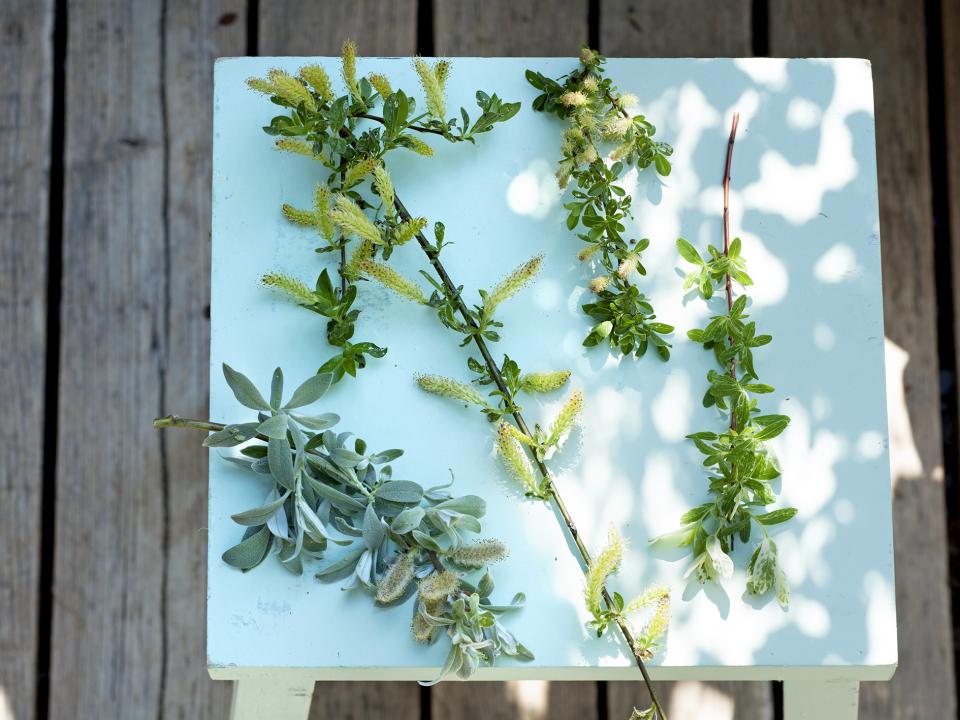The willow is also known as Salix. It’s a deciduous tree or shrub that produces catkins in the spring. New leaves appear after that, often long and narrow. Some willows develop ochre-coloured leaves in the autumn, or have twisting branches. So there’s always a willow to take your fancy. Handy to know: the willow is inherently a fast-growing tree. If you have a smaller garden, it is advisable to opt for a more compact species, such as:
-
The Japanese or variegated willow: Salix integra 'Hakuro-nishiki'.
-
The small, slender weeping willow: Salix Caprea 'Kilmarnock'.
-
Salix gracilistyla ‘Mt Aso’ because of its beautiful red branches and pink catkins.
-
Or the corkscrew willow: Salix matsudana 'Tortuosa'. The cut branches of this willow also work nicely as Easter decorations.
Origin
In the Netherlands and Belgium, rows of pollarded willows alongside a ditch are a familiar sight. This is where the tree originates from. There are also willow species that are native to the United States.
Trivia
-
Willow bark was used in the past to treat rheumatism and gout. The bark contains salicin, the main ingredient in aspirin. Chewing on a piece of bark alleviated the pain.
-
With their dense crown and often hollow trunk, pollarded willows offer ideal nesting and shelter opportunities for birds, martens, bats and insects. In order to avoid disrupting those nests, it’s important to prune the pollarded willow in the winter.
-
Superstition ascribes strong magical powers to the willow. Amongst the Germanic people, the tree was a symbol of death. Witches were said to rest in the crowns of willow trees. In the past people therefore made whistles out of willow wood to drive away witches and devils. A voodoo tradition is to tie a knot in a willow branch. That was said to enable you to put someone in a tight spot at a distance.






